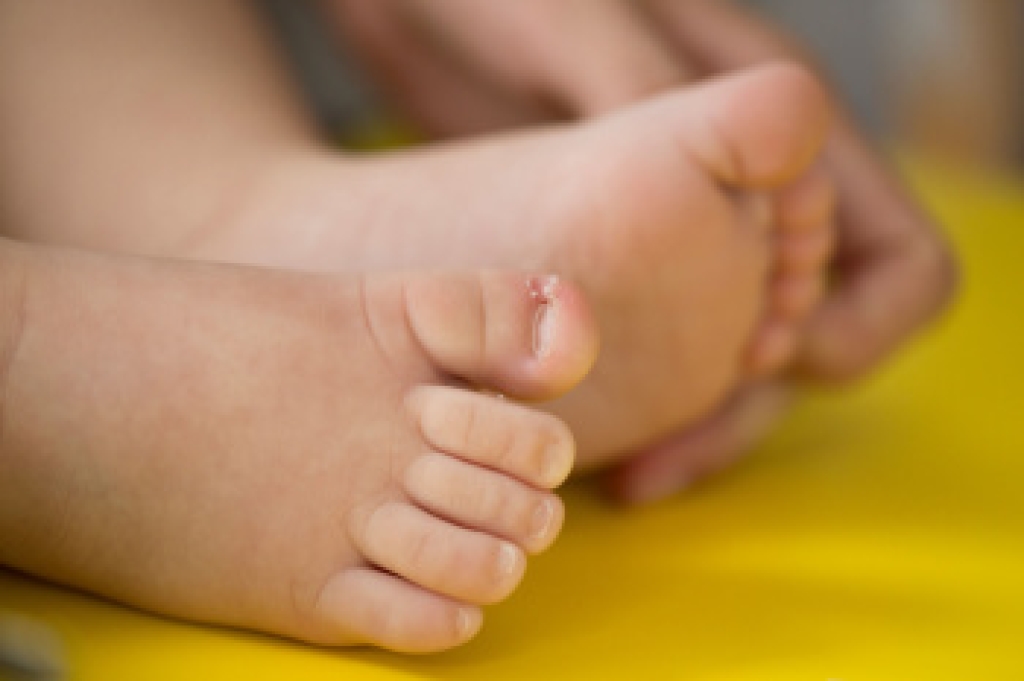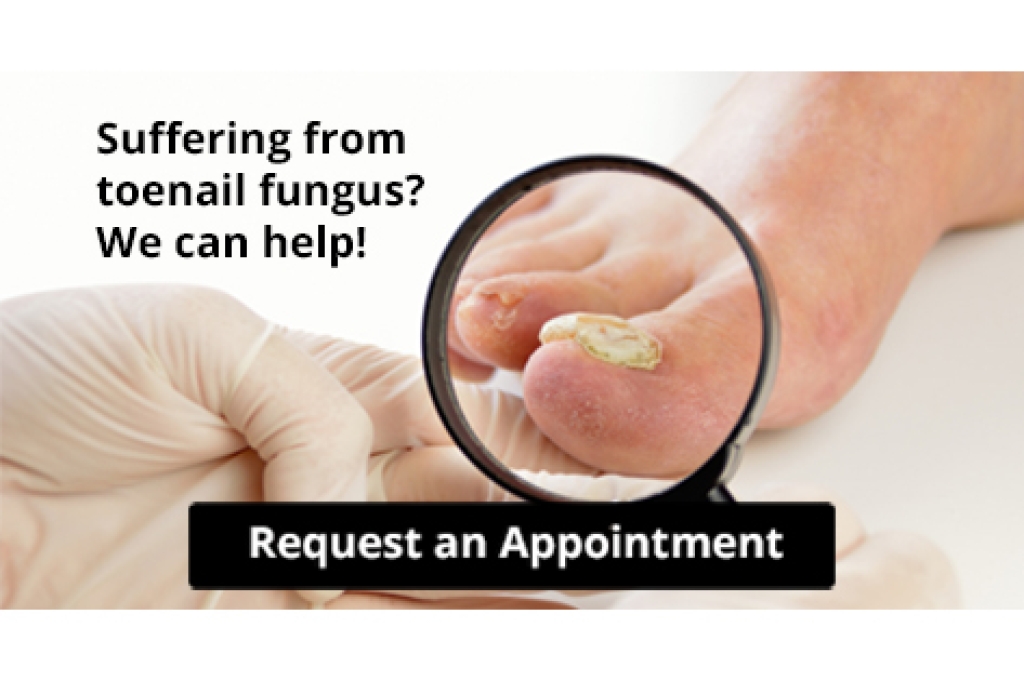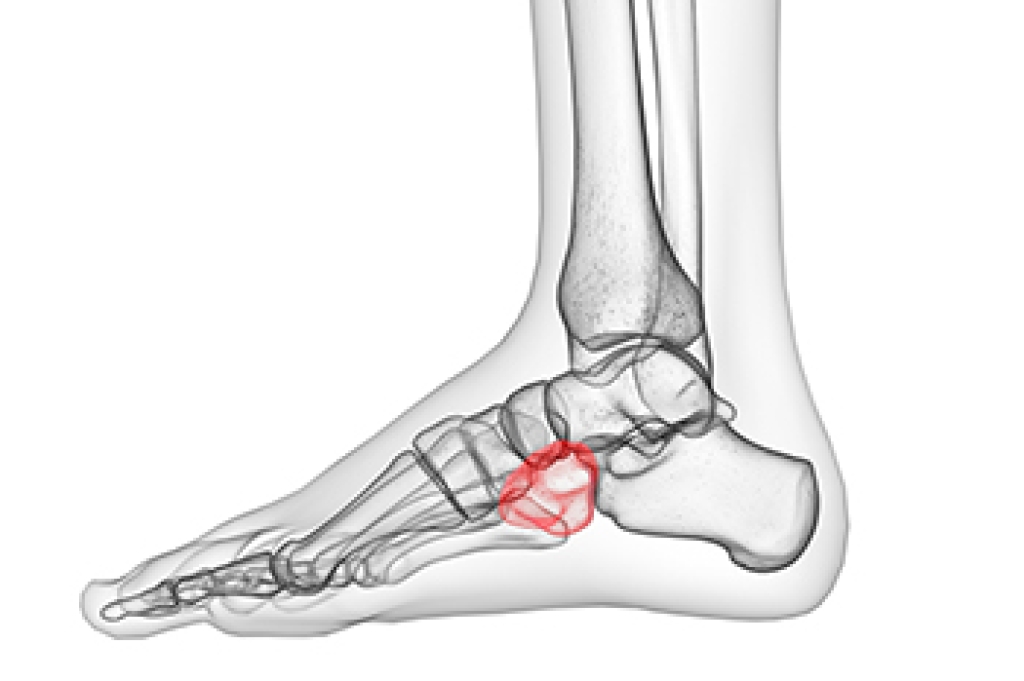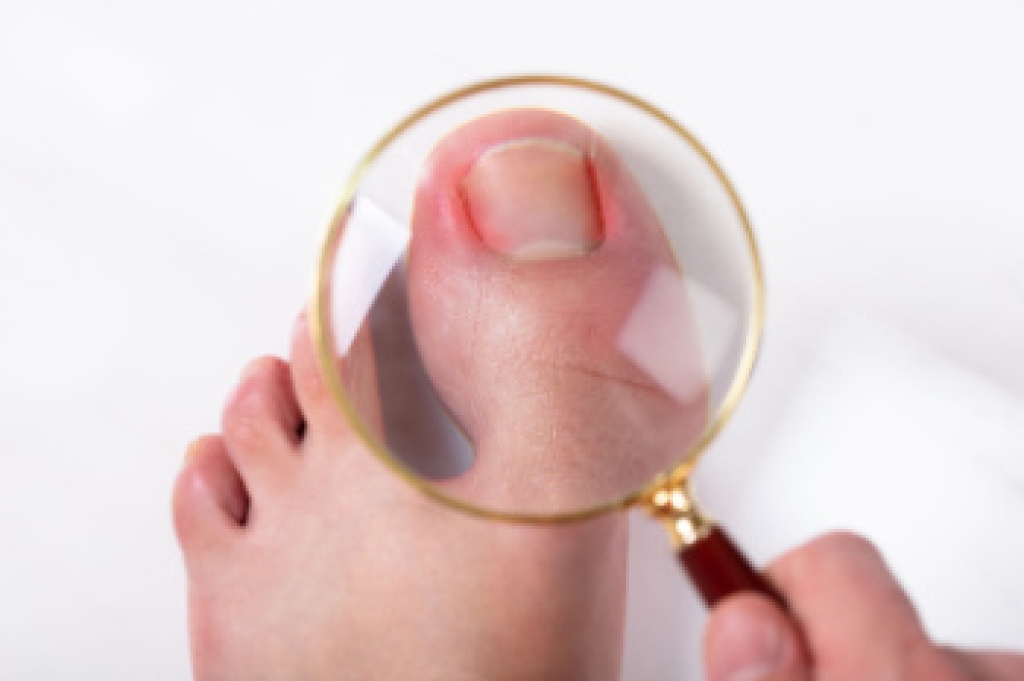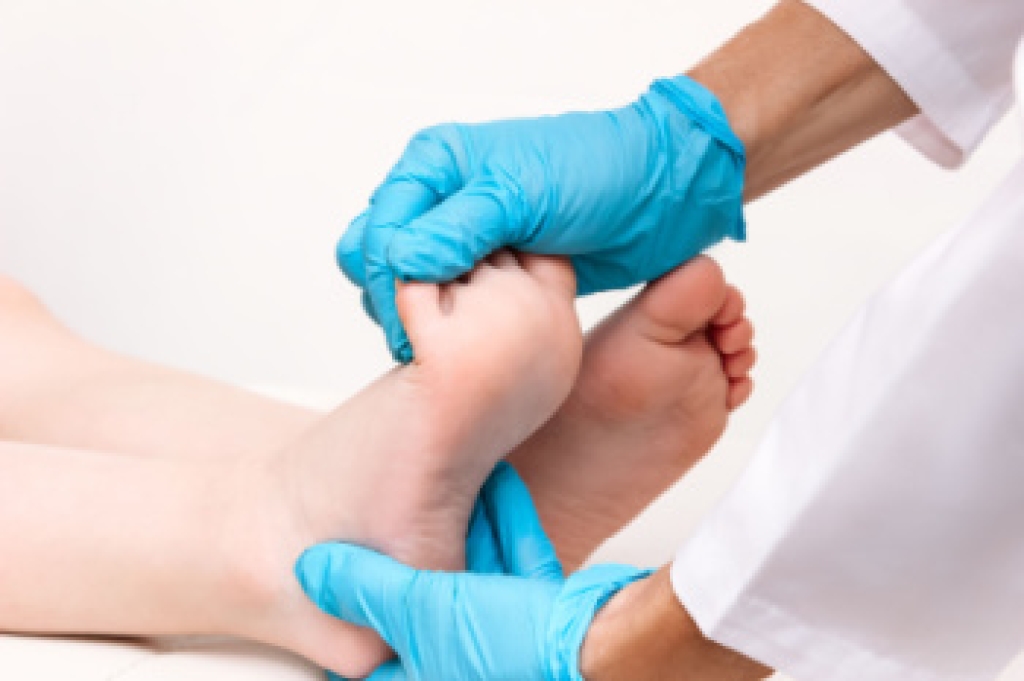
Heel pain in children is often linked to Sever’s disease, a growth plate inflammation that appears during growth spurts, especially in active kids. But it is not the only reason young heels may hurt. Overuse injuries from sports, wearing poorly fitting shoes, flat feet, or high arches can also strain the heel. Plantar fasciitis, although more common in adults, can occur in athletic children. Bruises from impact, minor fractures, or tendonitis may cause similar discomfort. Even certain infections or inflammatory conditions can lead to heel pain. Symptoms can include limping, swelling, or pain that worsens after activity. Early evaluation helps identify the true cause and guide treatment, which may involve rest, stretching, wearing better footwear, or orthotics. If your child has ongoing heel pain, it is suggested that you see a podiatrist for an accurate diagnosis and appropriate treatment.
Many people suffer from bouts of heel pain. For more information, contact one of our podiatrists of Mercer Ocean Podiatry. Our doctor can provide the care you need to keep you pain-free and on your feet.
Causes of Heel Pain
Heel pain is often associated with plantar fasciitis. The plantar fascia is a band of tissues that extends along the bottom of the foot. A rip or tear in this ligament can cause inflammation of the tissue.
Achilles tendonitis is another cause of heel pain. Inflammation of the Achilles tendon will cause pain from fractures and muscle tearing. Lack of flexibility is also another symptom.
Heel spurs are another cause of pain. When the tissues of the plantar fascia undergo a great deal of stress, it can lead to ligament separation from the heel bone, causing heel spurs.
Why Might Heel Pain Occur?
- Wearing ill-fitting shoes
- Wearing non-supportive shoes
- Weight change
- Excessive running
Treatments
Heel pain should be treated as soon as possible for immediate results. Keeping your feet in a stress-free environment will help. If you suffer from Achilles tendonitis or plantar fasciitis, applying ice will reduce the swelling. Stretching before an exercise like running will help the muscles. Using all these tips will help make heel pain a condition of the past.
If you have any questions, please feel free to contact our office located in Toms River, NJ . We offer the newest diagnostic and treatment technologies for all your foot care needs.
